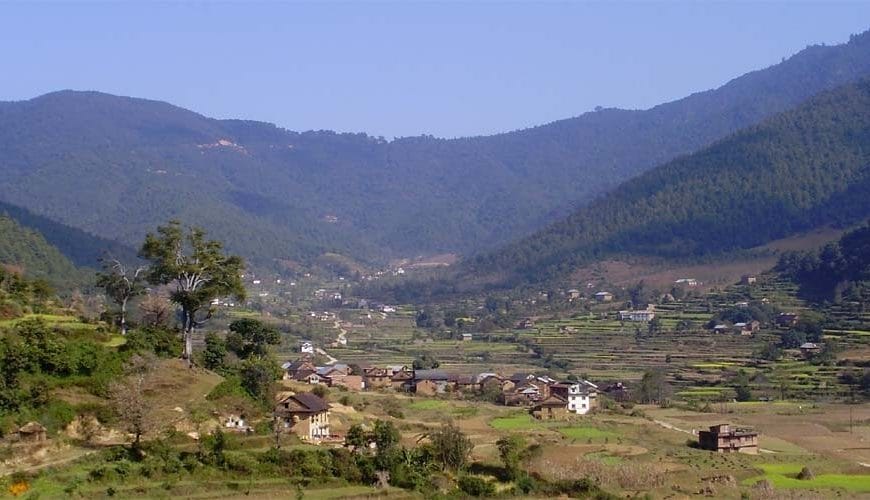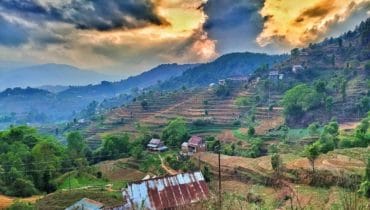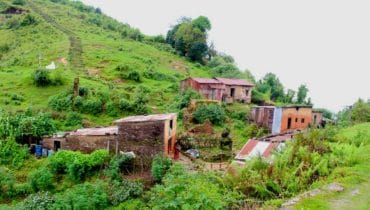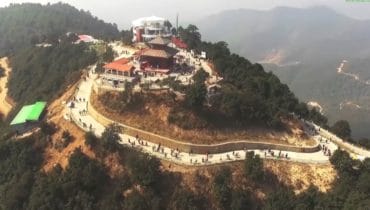Have you ever wondered about the stories hidden within the names of places? Chitlang, a quaint region with a mysterious name, invites us to delve into its intriguing history. Join me on a journey as we unravel the origin of the name “Chitlang,” a tale woven through centuries of cultural significance, geographical charm, and linguistic influences.
Ancient Settlement and Newar Influence
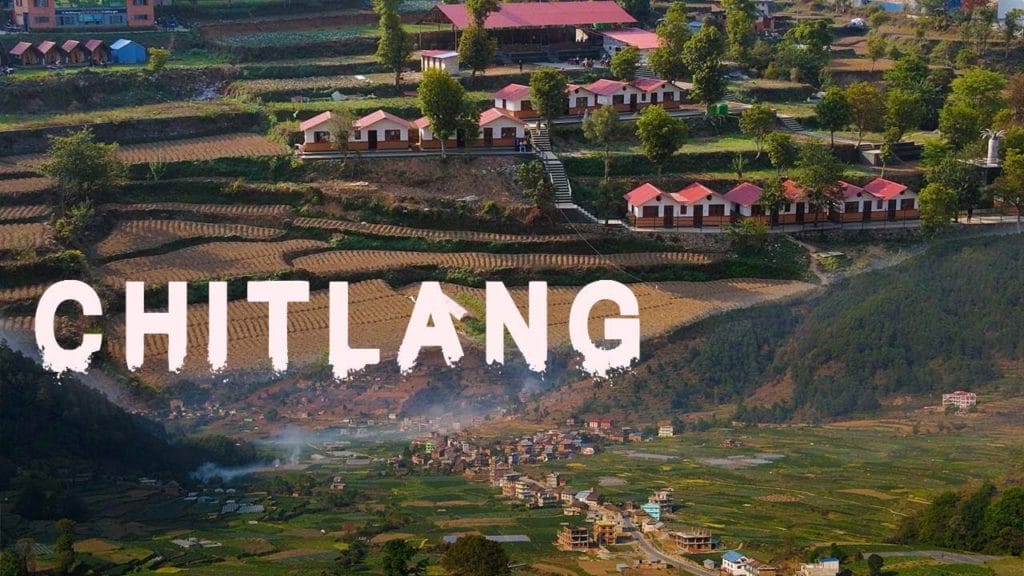
Chitlang, a place where time seems to stand still, has been a home to communities for centuries. Archaeological evidence suggests ancient human settlements, painting a picture of a rich historical tapestry. Nestled within the cultural embrace of the Newar community, indigenous to the Kathmandu Valley and surrounding areas of Nepal, Chitlang boasts a heritage deeply intertwined with the Newari way of life.
The Newari Terms “Chit” and “Lang”
Let’s break down the linguistic magic that shapes the name “Chitlang.”
“Chit” (चित्): The Heart and Soul
In the enchanting realm of Newari, “Chit” (चित्) symbolizes the “heart” or “mind.” It carries profound cultural and spiritual weight, representing emotions, feelings, and the essence of life itself. Imagine the beating heart of a community, pulsating with the rhythm of shared experiences and cultural bonds.
“Lang” (लांग्): Where Plains Unfold
On the other side of this linguistic coin, “Lang” (लांग्) means “plains” or “flat area” in Newari. Picture an expansive landscape, a valley-like haven with gentle slopes amidst towering hills.
Probable Meaning: The Heart of the Plains
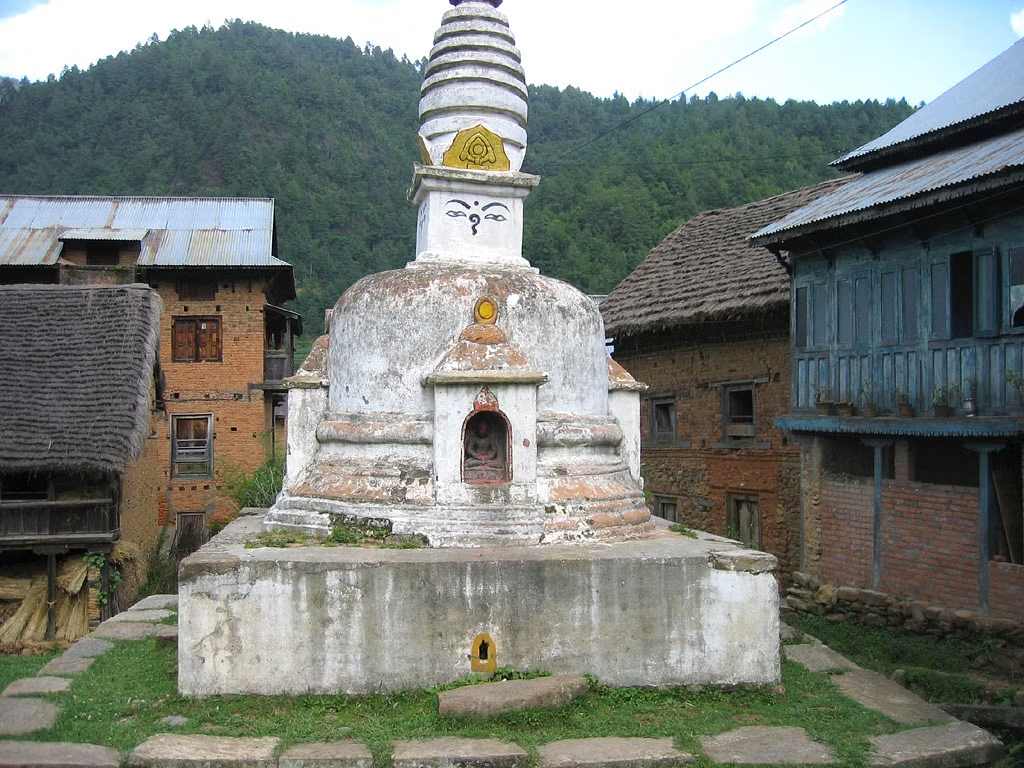
Combine “Chit” and “Lang,” and you get “Chitlang” – the “heart of the plains” or the “heart-shaped flat area.” It’s more than a name; it’s a poetic expression signifying the emotional and geographical centrality of Chitlang. Imagine a place holding the collective heartbeat of a community, nestled in a flat expanse surrounded by nature’s grandeur.
Historical Significance: A Tapestry of Trade Routes
Chitlang isn’t just a name; it’s a historical echo resonating through time.
Gateway to the South: A Vital Trade Passage
This region served as a crucial trade route, connecting the Kathmandu Valley with southern India. Picture Chitlang as a gateway, facilitating the exchange of goods and cultures between these two diverse landscapes.
Cultural Heritage: Where Diversity Thrives
Chitlang isn’t merely a dot on the map; it’s a canvas painted with the hues of diverse communities.
Melting Pot of Cultures: Newars, Brahmins, Chhetris, and More
Throughout history, Chitlang has been a melting pot, home to Newars, Brahmins, Chhetris, and various ethnic communities. Imagine ancient temples, stupas, and monuments telling stories of a rich cultural heritage.
In Conclusion: A Tapestry Woven in Time
In the end, the name “Chitlang” isn’t a mere label; it’s a narrative etched in the ancient history, cultural tapestry, and linguistic nuances of the region. It’s an identity, a heritage, and a story waiting to be heard.
Table of Contents
| Sr# | Headings |
|---|---|
| 1 | Ancient Settlement and Newar Influence |
| 2 | The Newari Terms “Chit” and “Lang” |
| 3 | “Chit” (चित्): The Heart and Soul |
| 4 | “Lang” (लांग्): Where Plains Unfold |
| 5 | Probable Meaning: The Heart of the Plains |
| 6 | Historical Significance: A Tapestry of Trade Routes |
| 7 | Gateway to the South: A Vital Trade Passage |
| 8 | Cultural Heritage: Where Diversity Thrives |
| 9 | Melting Pot of Cultures: Newars, Brahmins, Chhetris, and More |
| 10 | In Conclusion: A Tapestry Woven in Time |
Frequently Asked Questions
Q1: What does the name “Chitlang” mean?
A: “Chitlang” is believed to mean the “heart of the plains” or the “heart-shaped flat area,” reflecting its emotional and geographical centrality.
Q2: How old are the settlements in Chitlang?
A: Chitlang’s history dates back centuries, with evidence of ancient human settlements contributing to its rich historical tapestry.
Q3: Why is Chitlang historically significant?
A: Chitlang served as a vital trade route, connecting the Kathmandu Valley with southern India, playing a pivotal role in cultural and trade exchanges.
Q4: Which communities have historically inhabited Chitlang?
A: Chitlang has been a home to diverse communities, including Newars, Brahmins, Chhetris, and more, contributing to its cultural richness.
Q5: What landmarks reflect Chitlang’s cultural heritage?
A: Ancient temples, stupas, and monuments in Chitlang stand as silent storytellers, reflecting the cultural heritage of this vibrant region.

